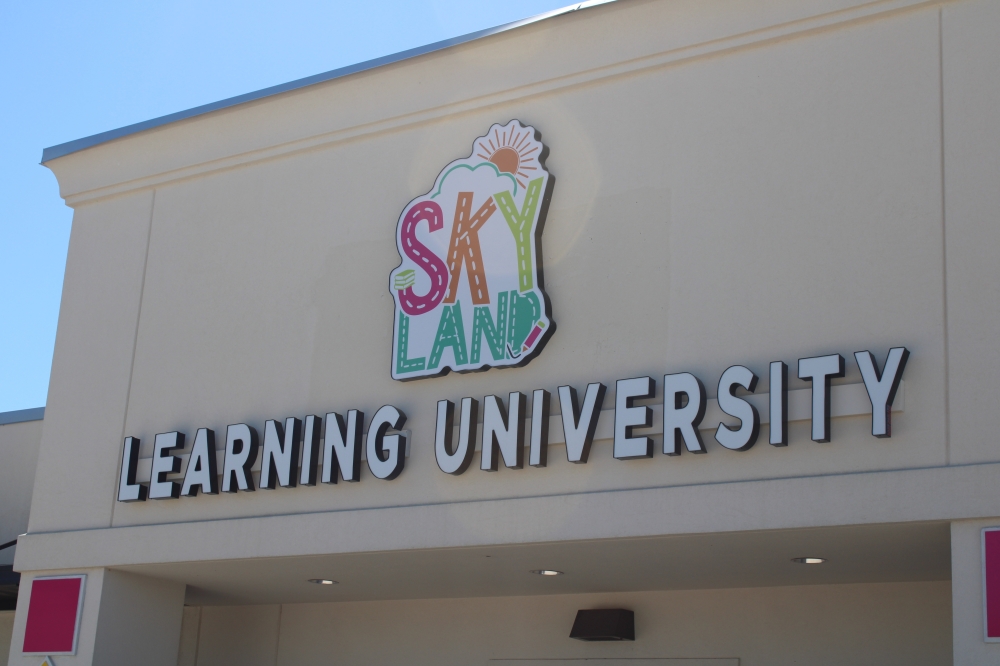Alex’s Path to Peace: The Vital Role of Short Break Stays for Young Adults and Their Families

Unlocking the Secrets of Article Reuse: A Guide to Copyright and Permissions
In the digital age, sharing knowledge and resources has become easier than ever. However, with the ease of access comes the responsibility of respecting copyright laws. This is particularly true in academia and journalism, where original content is crucial for credibility and integrity. Today, let’s explore how you can navigate the world of article reuse while ensuring you’re compliant with copyright requirements.
Understanding Copyright in the Digital Age
Copyright is a form of protection grounded in the U.S. Constitution and granted by law for original works of authorship. This protection allows creators to control how their works are used, which is essential for fostering creativity and innovation. In today’s interconnected world, where information is shared rapidly and widely, understanding copyright laws is more crucial than ever.
When it comes to reusing articles or any form of content, the first step is to determine the ownership of the work. Most academic and journalistic articles are protected by copyright, which means that you cannot legally use the content—whether for commercial purposes, educational materials, or personal use—without permission. That’s where services like the Copyright Clearance Center’s RightsLink can come into play.
What is RightsLink?
RightsLink is an online service designed to help individuals and organizations obtain permissions to use copyrighted material. Whether you want to reproduce a portion of an article in your research paper, include it in a presentation, or share it via social media, RightsLink simplifies the process. Through this service, you can get instant pricing and permissions, making it a convenient resource for anyone looking to reuse content legally.
Finding the rights holder for an article can often feel daunting. However, RightsLink streamlines this by providing a centralized platform where you can search and request permissions for a vast array of publications. This is especially beneficial for educators, students, and professionals who may want to build upon existing literature in their own work.
Steps to Reuse Articles Legally
To ensure that you are reusing articles ethically and legally, follow these steps:
1. Identify the Article: Whether it’s a peer-reviewed research article or a blog post, ensure that you have all the pertinent details, such as title, author(s), and publication date.
2. Visit RightsLink: Navigate to the RightsLink service through the provided link to start the process. Here, you can search for the specific title and see the available options for reuse.
3. Choose Your Usage Type: Determine how you intend to use the article. Are you looking to reproduce an entire article, use a quote, or create a derivative work? The type of usage will influence the cost and permissions you need to acquire.
4. Payment and Permissions: Once you’ve filled out the necessary details and agreed upon the usage type, RightsLink will provide a quote for the usage rights. After payment, you will receive instant permission, allowing you to use the content as planned.
5. Cite Properly: Even with permission, it’s crucial to give proper attribution to the original author and publication. This not only maintains academic integrity but also respects the hard work and creativity that went into producing the original content.
Why Reuse Matters
Reusing articles not only enhances academic and professional work but also helps to spread vital information across various fields. It allows for the building of new ideas and promotes a culture of collaboration and knowledge-sharing. However, it’s vital to recognize that this practice should always be approached responsibly.
For instance, in academic contexts, referencing original sources correctly can bolster your work’s credibility. This is crucial in research, where sourcing reliable data can influence the outcomes of studies and inform policy-making decisions. The correct reuse of information ultimately contributes to scholarly dialogue and can even drive innovation within various fields.
Conclusion
As sharing information continues to surge in the digital landscape, understanding the ins and outs of article reuse—and the accompanying copyright laws—will prove essential. Resources like RightsLink offer a pathway to navigate permissions efficiently, helping to protect both creators and users alike. The next time you come across a compelling article worth sharing, remember these steps to ensure you’re compliant while promoting the free flow of knowledge. Embrace the opportunity to build upon existing ideas while honoring the copyrights that protect them!






